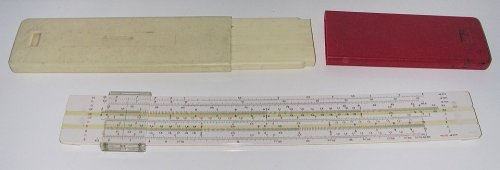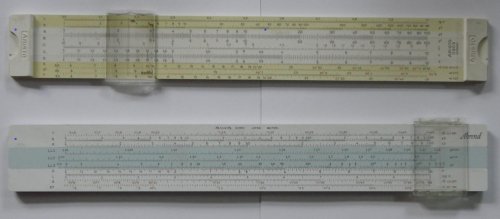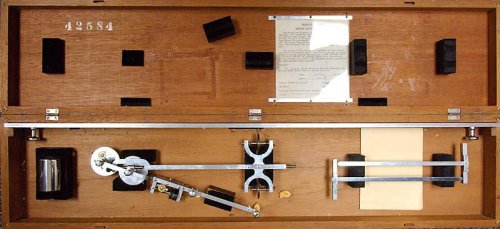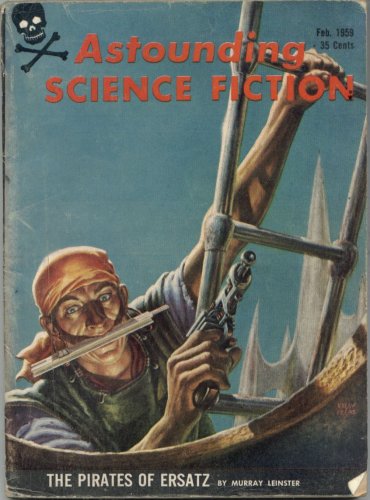pathology_doc
ACCESS: Top Secret
- Joined
- 6 June 2008
- Messages
- 1,401
- Reaction score
- 1,113
As a slide rule addict (and, by way of disclosure, an ordinary member of the Oughtred Society), I'm well aware of the slide rule's proud history in aerospace design and research. Now we know that it almost certainly wasn't all done with slide rules - log and trig tables, mechanical calculators, and later the earliest computers certainly must have played their part when extra precision was required or a lot of numbers needed to be crunched - but a lot of it certainly was.
So here's my question - if you were (or you know/knew) someone involved in the aerospace, guided missile, avionics, etc. industries during the slide rule era, which slide rule did you (or they) use? And just as importantly, if you can tell me, why did you pick that particular model? Do you still have it? Do you still use it?
So here's my question - if you were (or you know/knew) someone involved in the aerospace, guided missile, avionics, etc. industries during the slide rule era, which slide rule did you (or they) use? And just as importantly, if you can tell me, why did you pick that particular model? Do you still have it? Do you still use it?




